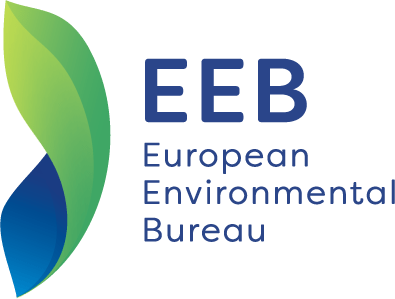EU bans toxic lights in house but continues exportation globally
After an over 6-year uphill battle of delays, NGOs reach an important milestone with the EU finally banning toxic fluorescent lightbulbs; but the decision comes with a caveat, as these lamps can continue to be exported across the globe.
The EU has published today its decision to phase out general purpose fluorescent lamps by 2023, under the RoHS Directive. Fluorescent lightbulbs contain mercury, a toxin that has been placed in the top ten worst chemicals for public health by the WHO.
Banning trade and manufacturing of fluorescent lamps is also one of the issues to be discussed at the 4th Conference of the Parties (COP4) under the Minamata Convention on Mercury, next month in Bali, Indonesia.
In April 2021, the EU proposed to only ban the trade of halophosphate lamps at global level, but 36 African countries requested a ban of almost all general purpose fluorescent lamps by 2025.
The EU proposal is no longer aligned with the now widened EU acquis; if the EU position stands, it would allow EU factories to continue exporting these banned products, creating a double standard. This will lead to a continuous cycle of mercury pollution abroad, and it will eventually get back into Europe, given the global travelling capacity of mercury emissions.
Such a scenario is also contradicting with the Chemicals Strategy for Sustainability which states that Europe should “lead by example, and, in line with international commitments, ensure that hazardous chemicals banned in the European Union are not produced for export”.
A new study from CLASP which shows that the remaining fluorescent lamp manufacturing in Pila, Poland (Signify) and Erlangen, Germany (Sylvania) will lose 80% of their exports by 2023.
The European Environmental Bureau (EEB) calls for a global approach to prevent the developing world from becoming the dumping ground for mercury-added sales when developed countries phase out mercury-added lamps in their markets. Banning the manufacture and trade of most fluorescent lights, will avoid the use and emissions of 232 metric tonnes of mercury from lamps and coal fired power stations by 2050. It will also cut the global electricity demand and avoid 3.5 gigatons of CO2 emissions by the same date.
“The EU should not let down citizens and the environment by favouring business interests, said Elena Lymberidi-Settimo, EEB Policy Manager Zero Mercury Campaign. It should lead by example and support a global phase out of manufacturing and trade of general purpose fluorescent lamps at the upcoming COP4, following its commitments set out in the European Green Deal, Chemicals Strategy for Sustainability and the Zero Pollution Action Plan.”
Useful Links
Report Shows Market Readiness to Eliminate Mercury-Based Lighting

